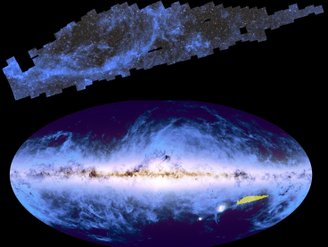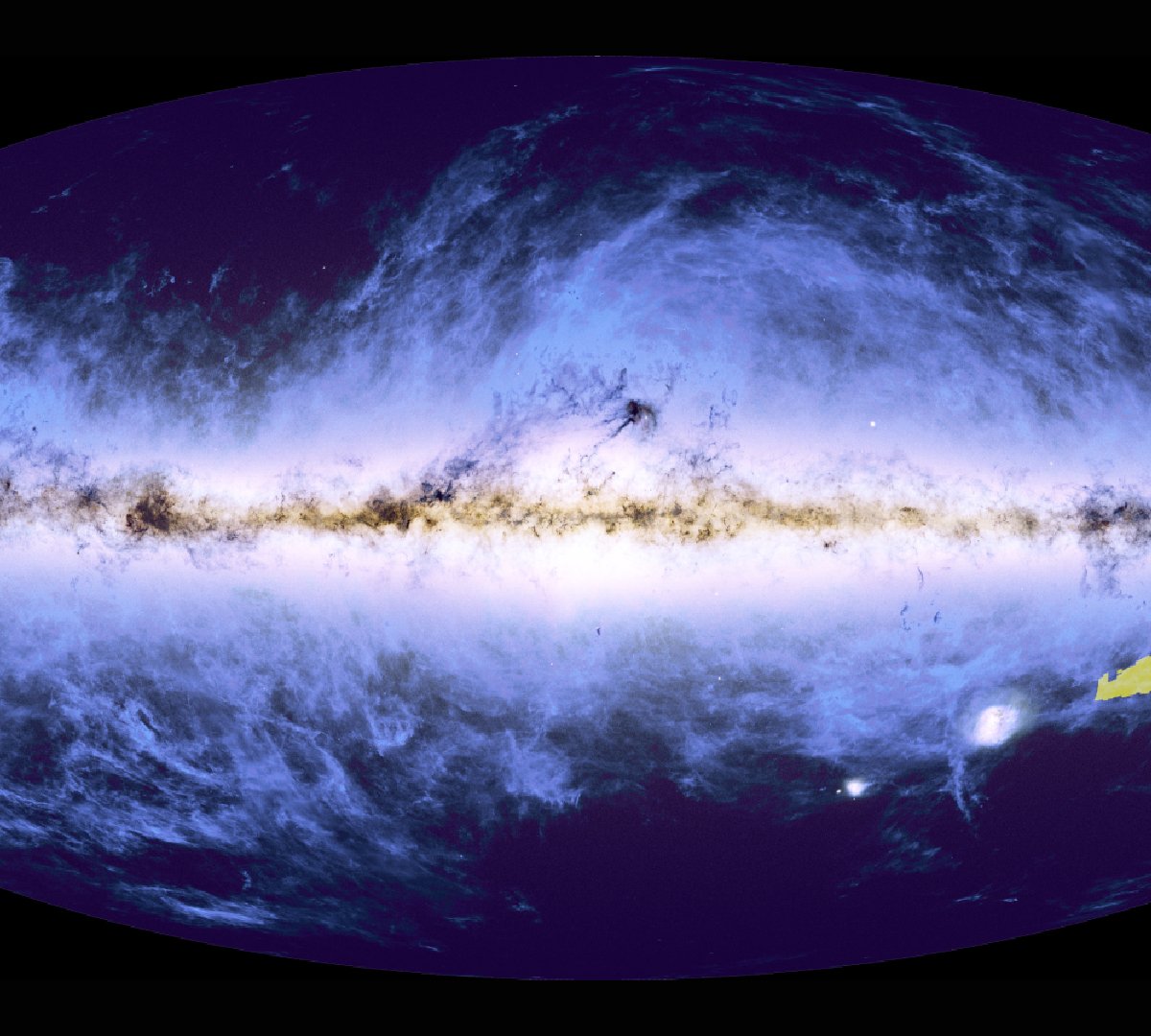The universe remains a mystery that science must solve. Despite years of research and research by researchers and scientists, We still can’t fully map the boundaries of everything around us. But current astronomers are already working to make this a reality.
The night sky has fascinated humanity since the most primitive times; It is a curiosity so intense that it has given rise to many scientific fields dedicated to the study of the cosmos. As a result, we are constantly trying to understand why reality appears the way we observe it.
To create a ‘map’ of the universe, several teams of researchers use different methods to map all celestial objects. Just like a world map represents the Earth, the idea of scientists is to develop a cosmic atlas showing all the stars, moons, planets and everything found in space.
Some groups are trying to map specific regions, while others are actually trying to create a map of the universe. After all, how can astronomers map everything in space?
This is an extremely complex task, as estimates suggest the existence of up to 400 billion stars and 100 billion planets in the Milky Way alone, among countless other celestial structures. Additionally, the US National Aeronautics and Space Administration (NASA) estimates that there are approximately 2 trillion galaxies in the observable universe.
“The universe suddenly looks much more crowded, thanks to a deep-sky count compiled from studies by NASA’s Hubble Space Telescope and other observatories. “Astronomers have come to the surprising conclusion that there are at least 10 times more galaxies in the observable universe than previously thought,” explains NASA.
‘Maps’ of the Universe
One of the biggest challenges of this type of mapping is the movement of celestial bodies.. For example, the Earth constantly moves in a regular and predictable orbit around the Sun. On the other hand, there are millions of asteroids, many of whose orbits can change due to gravitational interaction with other bodies and become irregular in the long term. heavenly.
It is possible to understand where we are in the universe by using mathematical calculations of the distances between stars. Thus, the European Space Agency’s (ESA) Gaia mission created a map of the Milky Way with incredible precision.. Data from more than a billion stars, as well as comets, asteroids and other objects in the Solar System, were used.
How to map the universe?
Thanks to the work of North American astronomer Henrietta Swan Leavitt, scientists Discovered that Cepheid variable stars can be used to measure intergalactic distances.
Later, American astronomer Edwin Hubble detected the redshift, which made understanding the vastness of the universe a little easier.
Redshift is a phenomenon that changes the frequency of light coming from a distant celestial object.. For example, the further away a star is in our expanding universe, the greater its redshift.
Euclid Space Telescope
Despite all the challenges surrounding the target, an ESA team is also developing a map of the observable universe. Mission researchers are compiling images to create a cosmic atlas with data collected by the Euclid Space Telescope, which launched in July 2023.

The team has already released the first image that reveals just a fraction of what’s in space. The mosaic has a quality of 208 gigapixels and represents only 1% of the entire map; The prediction is that more than a third of the universe will be mapped within six years.
“This first piece of the map already contains about 100 million sources: stars in the Milky Way and galaxies beyond. “Approximately 14 million of these galaxies can be used to study the latent influence of dark matter and dark energy in the universe,” explains an official ESA statement.
Over the next six years, billions of data points are expected to be collected about galaxies 10 billion light-years away. The Euclid Space Telescope uses advanced equipment that captures images in the infrared spectrum. Additionally, the mission aims to reveal the nature of dark matter and dark energy.
The process of creating a ‘map’ of the universe is continuous, time-consuming and expensive. Moreover, since it is a constant expansion process, it will never be possible to map the entire universe.. But in a few decades we may have already mapped much of the universe.
Follow the latest developments in astronomy and science at TecMundo. If you want, take the opportunity to discover where the border of the Universe is. Until next time!
Source: Tec Mundo
I’m Blaine Morgan, an experienced journalist and writer with over 8 years of experience in the tech industry. My expertise lies in writing about technology news and trends, covering everything from cutting-edge gadgets to emerging software developments. I’ve written for several leading publications including Gadget Onus where I am an author.











